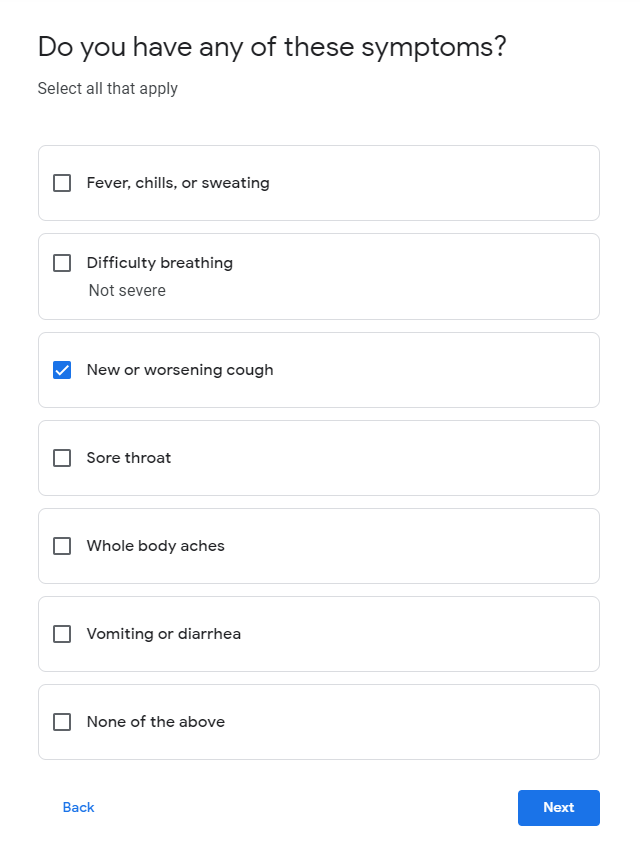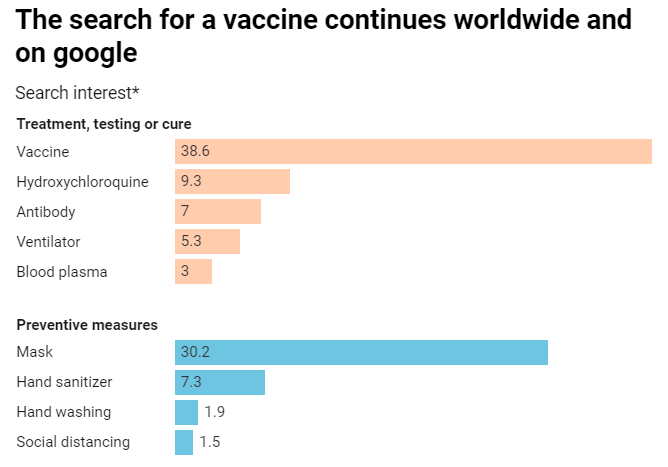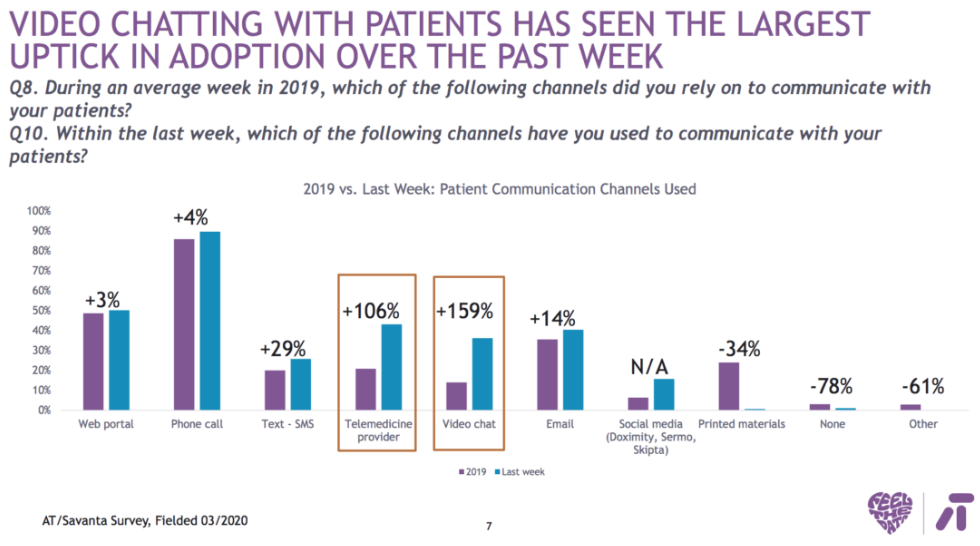Month: July 2020
“Cloud is about how you do computing, not where you do computing.”, rightly said by Paul Maritz, CEO of VMWare
The corona virus quarantine has made a lot of organisations across various industries establish remote operations and not all companies are able to handle the forced move to a virtual office. Before the impact of the Corona virus, only 62* percent of the workloads were in the Cloud but as per 87 percent of the IT decision makers, 95 percent of the workload will be in the Cloud by 2025. This acceleration was fuelled by Covid-19 acting as a catalyst for cloud migration.
The current state of remote work was largely unforeseen, no disaster recovery plan included anything for a mass outbreak of a virus. This transition to remote work on such a massive scale would not have been possible in the server-led infrastructure 15 to 20 years ago. Large enterprises can now deliver new services 30 to 60** percent faster through cloud migration. After several months into quarantine, organisations have started refining and optimising workloads into the Cloud. When and how businesses will be able to resume on-premise activities at the office remains a big question.

The cost of cloud migration was one of the major reasons for many companies to not migrate to the Cloud. But, the current circumstances have led some of the organisations around the globe to renew their efforts to get into the public cloud. It is time one stops thinking about everything being a corporate owned machine, in a corporate office, rather utilise the opportunity to focus on virtualisation of servers, storage and networks. At this crisis time, virtualisation needs to be brought to end-user devices and Mobile Device Management has to be something every company needs to think about.
Though corporate IT resources are built to offer high levels of security, quarantines mean that direct, in-person access to them is limited if not completely unavailable. Enterprises considering digital transformation prior to the pandemic might have only wanted to move up to 30-40*** percent of their existing infrastructure to the public cloud. But now, more than 70** percent of executives have indicated a belief that cloud will help them innovate faster while reducing implementation and operational risks.
Long term plans for organizations may include use of public cloud, mobile computing, and moving to 5G wireless network. This allows companies to operate anytime and anywhere, which is much easier for born-in-the-cloud companies. Large enterprises cannot move nimbly, but the circumstances have shown the need for rapid changes beyond static systems with datacentres. Organisations that embrace flexibility will be able to recover faster than their competitors.

The entire process from start to finish, requires significant changes and change management with how an organisation’s teams interact, process and share their data amongst each other. The sweeping global transition to remote work has seen virtual collaboration tools thrown into the spotlight of economic activity and their demand has sky-rocketed.
“Beyond the emergency action needed at the start of the pandemic, many organizations have turned to mitigating risk through flexibility of infrastructure”, says David Linthicum, chief cloud strategy officer with audit and consulting advisor Deloitte.
While cloud adoption offers a powerful opportunity to unlock business value, there remains a distinguishable hesitation around a few challenges of this transition. Cybersecurity is the biggest concern and remains a significant barrier when companies think of migrating to the cloud. Security threats have increased substantially during Covid-19, and organisations need to recognise and respond. Advanced cybersecurity solutions are now available which can help boost the security architecture.

Cloud computing, which has been touted for its flexibility, reliability and security, has emerged as one of the few saving graces for businesses during this pandemic. Its use is critical for companies to maintain operations, but even more critical for their ability to continue to service their customers.
Cloud adaptation provides an avenue of growth which can help balance the economic challenges faced by various organizations. Cloud budgets today account for approximately 5** percent of the average IT budgets, a figure that is likely to double by 2023.
As organisations have started adjusting to the new reality of the pandemic, cloud adoption represents a multi-billion-dollar opportunity for businesses in every region of the world. The world will eventually emerge from this period of remote work, but the way we do business will be transformed forever.
References:
*Sead Fadilpasic : Cloud migration set for major rise following pandemic, June’20. Retrieved from ITProPortal
**Luv Grimond and Alain Schneuwly : Accelerating Cloud Adoption After Pandemic, June’20. Retrieved from Jakarta Globe
***Joao-Pierre S. Ruth : Next Steps for Cloud Infrastructure Beyond the Pandemic, April’20. Retrieved from Information Week
‘Necessity is the mother of invention’ the old proverb becomes the ultimate truth for global healthcare organizations in the current situation. The front-line healthcare staff has been fighting a war against the dreadful human tragedy due to COVID-19. In these turbulent times, digital technology is reshaping the care delivery system globally.
The healthcare industry was pretty slow in embracing the digital age. But, after the Corona pandemic, healthcare organizations have picked up at an unprecedented pace in the digital transformation journey. Also, more than 50%*** of patients are now ready to adopt digital tools as a way of quick cure solutions. Within six months, some significant variations were observed in medical management, like:
- Doctors and care staffs became more digitally matured in different hospitals
- More confidence & willingness among staff and patients to use technology
- Funding to invest in the medical IT infrastructure
Healthcare leaders have been spellbound by noticing how technology has stepped up to help the affected people in this pandemic. A report reveals a 500%* increase in telehealth visits and remote worker’s number almost double-ups.

Providence Health of Washington State has reconfigured their chatbot ‘Grace’ with FAQ’s and COVID-19 symptoms related assessment. Providence Digital Innovation Group has noticed that 70,000 * patients log into the chatbot and received over one million emails enquiring about the disease symptoms and doctor consultations. The number of virtual visits has gone up by 10 to 15 times compared to the pre-pandemic situation.

Millions of people are now welcoming digital care therapies and open to adopting the virtual health visit. Now, most on-demand digital care services are:
- On-demand medical appointments, home therapies, and care suggestion through telehealth
- Physicians and hospitals are using big-data insights and cloud storage to track and manage patient data
- Medical wearable devices to control health 24/7 and improve preventive measurements
- The virtual collaboration that helps doctors and caregivers to get trained in a better way
- Artificial intelligence that makes personalized treatment possible
- COVID-19 Self-assessment survey designed by healthcare marketers to check the valuable data among the population and initiate quick actions

Considering the present situation, the Government is relaxing healthcare regulations. Since the onset of the pandemic, social distancing has become mandatory for everyone, and that has started an experiment on remote care. The remote treatment makes patients more digitally empowered than ever.

According to the Google database report, from the starting of January to now, the most searched term is “Vaccine,” including the phrase “COVID-19 Vaccine trial and update.” Moreover, the below statistics have revealed a substantial increase in searches of preventive measures in South Asian countries.

Based on these above facts, we have found some astounding impacts on the global healthcare business due to this rapid transformation. An American market research company has already observed a hockey stick curve of the virtual care adoption system in the United States. Besides, US health insurers have admitted covering coronavirus related telemedicine. A French firm Doctolib SAS has experienced an 18-fold jump** on the medical video consultation within March 2020. Over one million people have used NHS 111online support for assessing nCov symptoms within the first week of site launching.

Besides all these benefits, there are some challenges in a digital transformation like:
- Equal opportunity access
- Clinical support to the patient for optimizing technology
- Training to handle new expertise and others
However, healthcare organizations can get rid of these challenges and improve their adoption scale by following the below characteristics.
| Characteristics | Usefulness |
| Easy to use techniques | Patients able to connect through mobile device sensors, useful for video/phone consultation |
| Measurable improvement in patient care quality | Facilitate clinical decision and increase learning on augmented reality |
| Affordable agile solutions and easy to replace the facility | Maintenance cost is low |
| Better working collaboration with industry innovator | Improve communication between end-users and makes clinical training easy |
| Ready to deliver a dynamic solution as per the need of end-users | Quick analysis and better advice to patients |
References:
* Padmanabhan, P (contributor of CIO) ‘How the COVID-19 pandemic is reshaping healthcare with technology’, CIO, India Retrieved from: https://www.cio.com/article/3534499/how-the-covid-19-pandemic-is-reshaping-healthcare-with-technology.html
** Rethinking Digital Transformation of Healthcare Amid COVID-19: How Marketers Can Adapt to Changing Dynamics Retrieved from: https://useinsider.com/healthcare-amid-covid-19/
*** Vikram Kapur and Alex Boulton Covid-19 Accelerates the Adoption of Telemedicine in Asia-Pacific Countries, BAIN & COMPANY, Retrieved from: https://www.bain.com/insights/covid-19-accelerates-the-adoption-of-telemedicine-in-asia-pacific-countries/